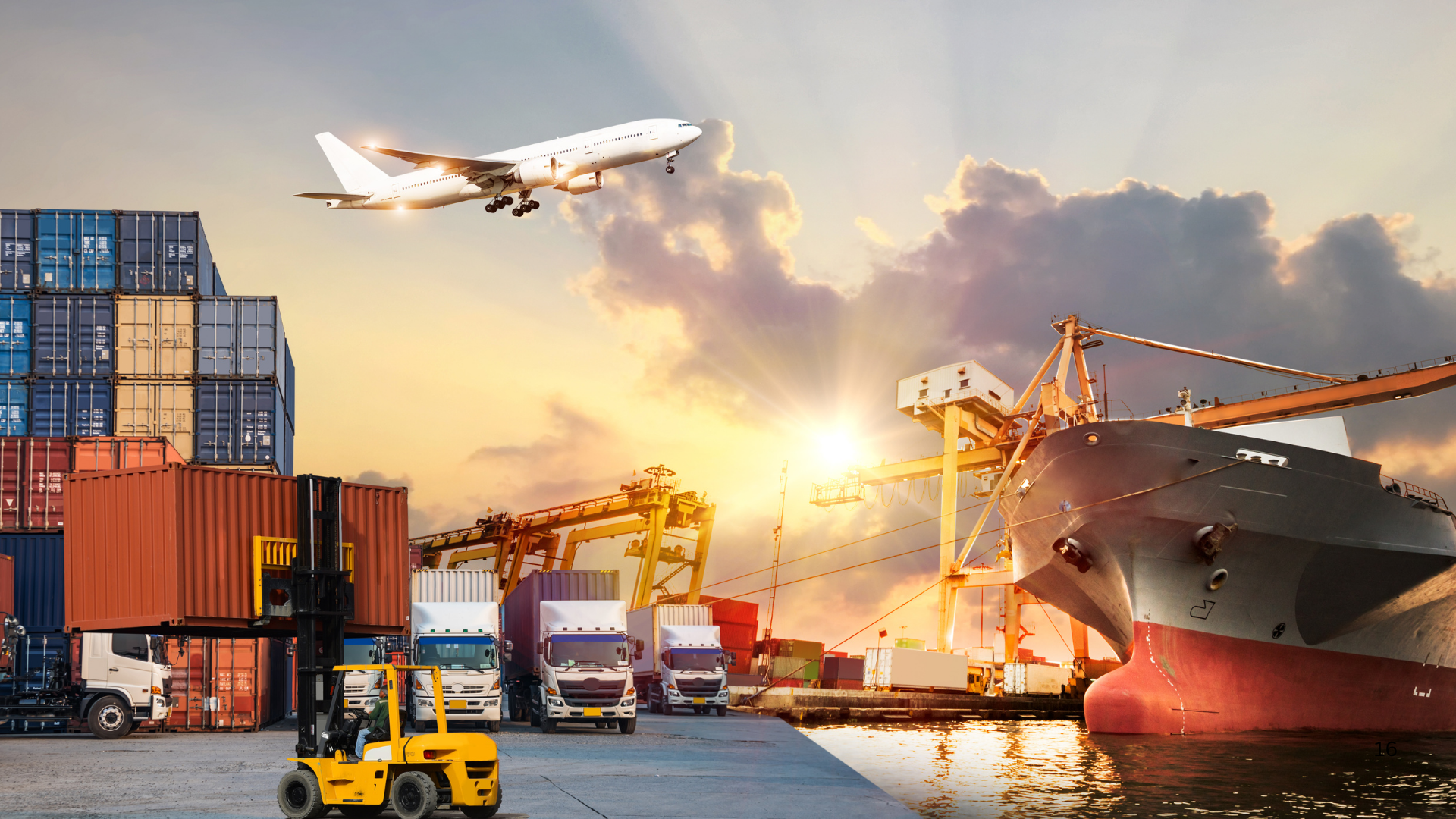Behind every product on a supermarket shelf, every gadget ordered online, and every raw material delivered to a factory lies one invisible force: logistics. Without it, global trade would collapse. The logistics industry ensures that goods move efficiently from one corner of the world to another, fueling economies and connecting people like never before. In this blog, we’ll explore why logistics is often called the “backbone of global trade” and why its growth potential is enormous.
1. Connecting Global Economies
Trade is only possible when goods can move seamlessly across borders. From ships crossing oceans to planes delivering overnight cargo, logistics connects producers in one country with consumers in another.
- A smartphone designed in California may be assembled in China with parts from Korea and Japan, shipped to Europe, and sold in the Middle East.
- None of this would be possible without the sophisticated logistics networks that operate silently in the background.
In short, logistics is the bridge that makes globalization possible.
2. Driving Employment and Economic Growth
The logistics industry is not just about moving goods—it’s also a major economic contributor. According to industry reports, logistics and supply chain services account for up to 10–12% of global GDP.
This sector employs millions of people worldwide, from truck drivers and warehouse workers to freight forwarders and supply chain managers. Every dollar spent on logistics generates value across multiple industries, boosting job creation and local economies.
3. The E-Commerce Explosionle
One of the biggest reasons behind logistics growth is the unstoppable rise of e-commerce. Online marketplaces such as Amazon, Alibaba, Noon, and Flipkart have transformed shopping habits, pushing logistics into the spotlight.
Customers now expect:
- Fast deliveries (often same-day).
- Reliable tracking.
- Hassle-free returns.
This demand is forcing logistics companies to scale up operations, invest in technology, and expand delivery fleets—creating massive opportunities for growth.
4. Infrastructure and Technology Investments
Governments and private companies are pouring billions into logistics infrastructure to support global trade. Ports are being modernized, highways expanded, and airports upgraded.
At the same time, logistics companies are adopting technologies like:
- GPS tracking for real-time visibility.
- Automation in warehouses.
- AI-powered analytics to forecast demand and cut costs.
These investments are making logistics more efficient, reliable, and scalable.
5. Logistics as a Competitive Advantage
For businesses, logistics is not just a cost—it’s a competitive weapon.
- A retailer that delivers faster than its competitors wins customer loyalty.
- A manufacturer with an efficient supply chain can reduce costs and increase profit margins.
- Companies that use logistics smartly can expand into new markets quickly and reliably.
Simply put, in today’s world, strong logistics capabilities are a key differentiator between successful and struggling businesses.
6. Growth Potential of the Logistics Industry
The logistics industry is expected to keep growing at double-digit rates, driven by:
- Increasing cross-border trade.
- Growth of e-commerce.
- Rising consumer expectations for fast deliveries.
- Adoption of advanced technologies.
Emerging markets, especially in Asia, Africa, and the Middle East, are seeing rapid logistics development as more people shop online and businesses expand internationally.
Conclusion
The logistics industry may operate quietly behind the scenes, but it is the engine that powers global trade. From connecting economies to enabling e-commerce, logistics plays a role in nearly every aspect of modern life. As technology advances and demand continues to grow, the industry’s importance will only increase. For businesses and investors, logistics isn’t just a service—it’s a growth opportunity and a lifeline of the global economy.



